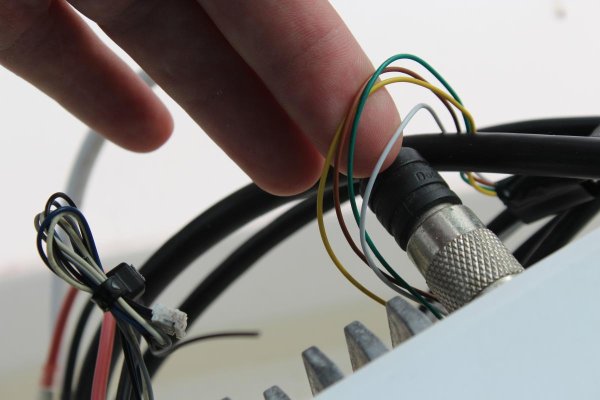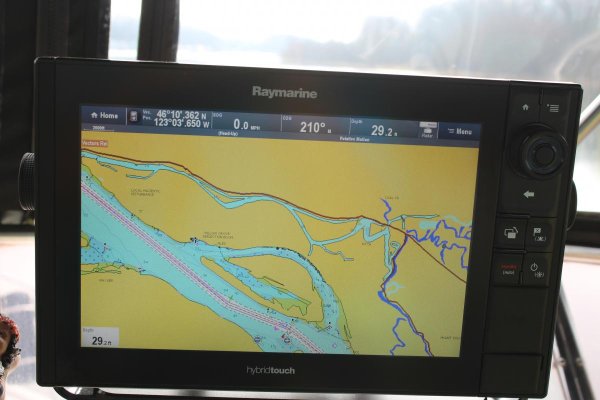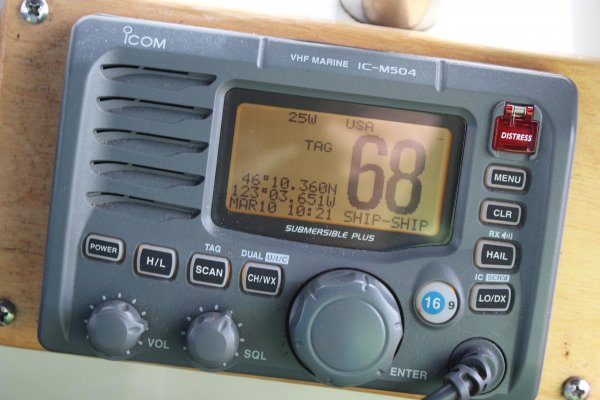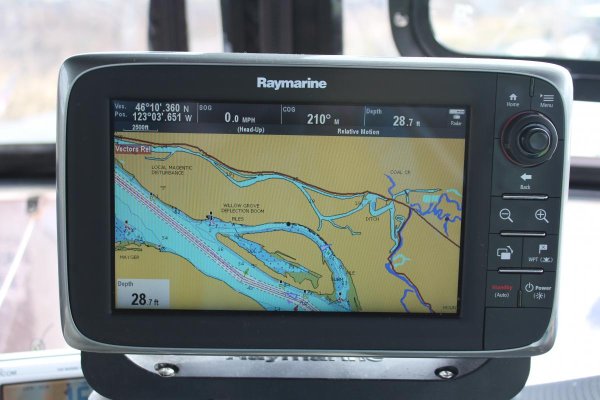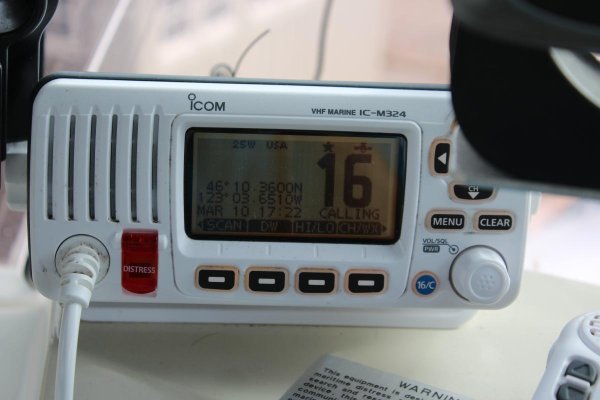Alaskan Sea-Duction
Guru
- Joined
- Jul 6, 2012
- Messages
- 8,057
- Location
- USA
- Vessel Name
- Alaskan Sea-Duction
- Vessel Make
- 1988 M/Y Camargue YachtFisher
So I have 2 Raymarine MFDs (along with a laptop) and 2 iCom VHFs.I wanted to hook up the VHFs to the MFDs so they could "talk" to each other. The purpose is so the VHFs would have position and date, should I need to push the "Little Red Button." It would transmit our position.
So it appears (unless I had Raymarine VHFs, then it is connected to Sea-Talk NEMA 2000) that nothing is standardized on NEMA 0183 or even between the same brand.
So the first thing I had to figure out was what wires (small ones about 20ga) were output +, output negative -. Then you have to figure out Input + and Input -.
None of the wire colors are standardized. Raymarine does use the same colors so long as you stay with Raymarine. iCom on the other hand. I have a M-504 and M-324. None of the wires on these are standardized.
Once you figure this all out it isn't so bad. You take the Output + on the MFD to the Input+ lead on the VHF. Then you connect the Input+ on the MFD to the Output+ VHF. Confused yet?
What they don't tell you is all the rest of the negative leads need to be wired together to ground.
Wouldn't it be nice if all of NEMA 2000 and 0183 were all standardized......
Hopefully by the end of all this it will look like this:
So it appears (unless I had Raymarine VHFs, then it is connected to Sea-Talk NEMA 2000) that nothing is standardized on NEMA 0183 or even between the same brand.
So the first thing I had to figure out was what wires (small ones about 20ga) were output +, output negative -. Then you have to figure out Input + and Input -.
None of the wire colors are standardized. Raymarine does use the same colors so long as you stay with Raymarine. iCom on the other hand. I have a M-504 and M-324. None of the wires on these are standardized.
Once you figure this all out it isn't so bad. You take the Output + on the MFD to the Input+ lead on the VHF. Then you connect the Input+ on the MFD to the Output+ VHF. Confused yet?
What they don't tell you is all the rest of the negative leads need to be wired together to ground.
Wouldn't it be nice if all of NEMA 2000 and 0183 were all standardized......
Hopefully by the end of all this it will look like this:

